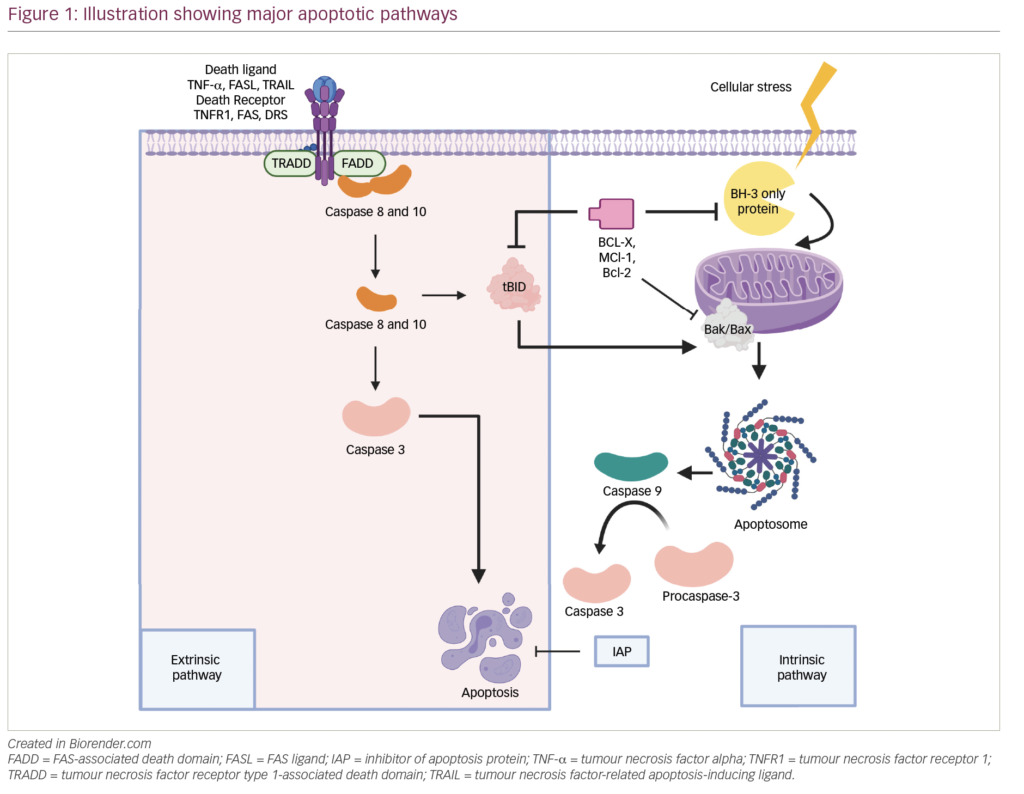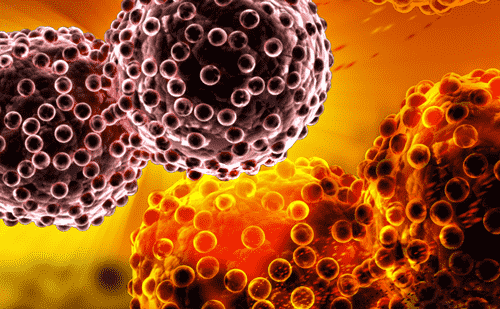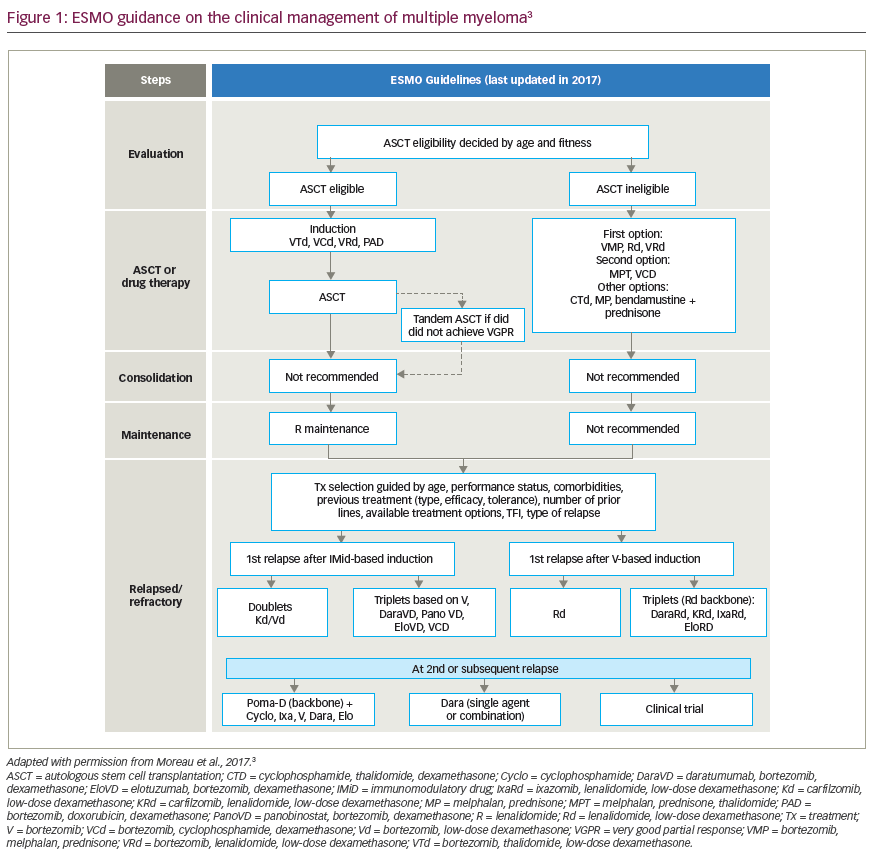Solid organ transplant (SOT) and hematopoietic stem cell transplant (HSCT) recipients and their grafts are enjoying increased survival due to modern immunosuppressive regimens and aggressive supportive care.1 This success is tempered by an increasing incidence of malignancy following transplant.2 Malignancy is now identified among the three leading causes of mortality in the SOT population along with cardiovascular disease and infection in most registries,3 and is the leading cause of mortality in Australia.4 The cumulative risk for malignancy in renal transplant recipients reported to the United Network for Organ Sharing (UNOS) is as high as 14.9% at three years5 and up to 30% at 20 years following transplant.6 Analysis of data from the Australia and New Zealand Dialysis and Transplant Registry (ANZOT) has demonstrated malignancy rates similar to non-transplanted individuals 20–30 years of age and older.4 The risk for second malignancy following HSCT is increasingly recognized as a late effect and is estimated to approach 15–20% among long-term survivors.7
Malignancy Classification
Malignancy following solid organ transplantation may be classified as recurrent pre-existing disease, donor-transmitted disease, or de novo disease.8,9 The risk for early and aggressive recurrence of both pre-existing recipient malignancy10 and donor-derived malignancy following transplantation was identified from data available from transplant registries.11,12 Clinical practice guidelines addressing wait times and screening for renal transplant candidates with a history of malignancy have been published.13 These guidelines may not be appropriate for non-renal allograft candidates in whom the balance of the risk of a defined waiting period and that of recurrent disease must be considered.8 Similarly, careful screening of potential donors for past or present malignancy is critical to avoid the relatively rare14 but potentially fatal incidence in a number of recipients of donor-derived malignancy.15 An ‘extended’ donor pool to address a growing organ shortage including those donors with a history of malignancy at low risk for transmission is a matter for debate.16,17
The burden of malignant disease following solid organ transplantation is due to the development of de novo cancer. Registry data are somewhat variable, but suggest a two- to three-fold increased incidence after transplantation for many tumors, including the common adult carcinomas, compared with the general population. Less common tumors including melanoma, leukemia, hepatobiliary tumors, and cervical and vulvovaginal tumors are up to five-fold more common, kidney tumors up to 15-fold more common, and some tumors—including Kaposi’s sarcoma, non-Hodgkin’s lymphoma (including post-transplant lymphoproliferative disease [PTLD]), and non-melanoma skin cancers—are increased more than 20-fold.5 Within the transplanted population, risk for malignancy varies according to a number of clinical factors including age at transplantation, sex, ethnicity, and time elapsed since transplantation.4 The most commonly reported diagnoses are skin cancers (35.9%), PTLD (13.5%), and liver cancer (11.8%).8 By contrast, PTLD is responsible for up to 80% of tumors following transplantation among the pediatric transplant population, followed by skin cancer (12%), Kaposi’s sarcoma (3.2%), and leiomyosarcoma (1.6%).6 The types of skin cancer observed differ from those seen in the general population, with earlier and more aggressive presentations and a higher incidence of squamous cell cancer (SCC) to basal cell cancers in the transplant population.18
Similarly, among HSCT recipients there is an overall 2.7-fold increase in solid tumors described, increasing to five- to eight-fold among patients surviving at least 10 years from transplant.19,20 Risk was greatest for cancers of the oral cavity, salivary glands, liver, skin, thyroid, bone/connective tissue, and brain. Also noted is an increased risk for breast cancer among late survivors.21 Within this population, younger age at transplantation, receipt of total body irradiation, and time elapsed from transplantation are significant risk factors for second malignancy.20 Chronic graft-versus-host disease (GvHD) and its therapy are significant risk factors for SCC of the oral cavity and skin, but not for other solid tumors.22 There is no difference in risk for second malignancy for related versus unrelated donor status,23 except in cases of PTLD, where increasing human leukocyte antigen (HLA) disparity leads to increasing risk for the latter disease.24 That said, PTLD remains relatively uncommon following HSCT, with a cumulative incidence of 1% at 10 years.25
Pathogenesis
The risk for malignancy following transplantation is related to the type, degree, and duration of immunosuppression, viral co-factors, and recipient age. Immunosuppression interferes with normal cancer immunosurveillance and cytotoxic T-cell activity necessary for viral control.26 The extent of immunosuppression (induction and maintenance) appears to be most important clinically,27 although there is considerable evidence to support the oncogenic effect or lack thereof of individual agents.28 The greatest risk for malignancy is associated with the use of anti-T-lymphocyte immunosuppression with antithymocyte globulin (ATG) or OKT3. Less risky are azathioprine and the calcineurin inhibitors, whereas mycophenolate and the mammalian target of rapamycin (mTOR) inhibitors (sirolimus and everolimus) appear to confer significantly less risk. The anti-CD25 monoclonal antibodies (daclizumab and basiliximab) have no identified increase in risk. As expected, malignancy rates are higher in non-renal- allograft recipients, where more intense immunosuppressive regiments are required.6
The role of viral co-factors is evidenced clinically by the increased risk for cancers of known or suspected viral etiology.29 These include Kaposi’s sarcoma and human herpesvirus 8 (HHV-8), lymphomas (including PTLD) and Epstein-Barr virus (EBV), oral, genito-urinary, or skin cancers and human papillomavirus (HPV), and liver cancer and hepatitis B and C viruses (HBV/HCV).30 The risk for malignancy following transplantation is inversely related to age at transplantation,4 and pediatric transplant recipients are at greatest risk6 due to their often viral-naïve status and their cumulative immunosuppression.
Post-transplant Lymphoproliferative Disorder
PTLD is a spectrum of disease with a heterogenous presentation and biology, making its diagnosis and treatment particularly challenging. The World Health Organization (WHO) 2001 classification identifies four categories of disease: early lesions, polymorphic (polyclonal/ monoclonal), monomorphic (B- and T-cell lymphomas), and other (Hodgkin’s disease-like, plasmacytoma-like).31
The disease may occur at any time following transplantation and is arbitrarily defined as early when occurring less than one year and late when occurring after one year. Approximately 60% of patients will present early.32 Disease may present in the transplanted allograft of a solid organ recipient, in nodal or extranodal tissues, or in single or multiple organ sites. Disseminated disease with a fulminant clinical course has been described, particularly in the early period following HSCT.33 A full staging evaluation should be completed with attention also to the central nervous system (CNS) by imaging and diagnostic lumbar puncture. Positron emission tomography (PET) scan has been found to be useful in the detection, staging, and response evaluation of PTLD.34
In the SOT population, PTLD is primarily recipient-derived, although donor-derived PTLD within the transplanted allograft has been described.35 PTLD following HSCT is of donor cell origin.7 EBV-associated PTLD accounts for approximately 75–80% of cases and EBV-negative PTLD the remainder.36–38 The latter may be increasing in incidence39 and recent studies have challenged previous reports of late presentation and poor outcome.37,38
In an immunosuppressed host, lack of EBV-cytotoxic T-cell (EBV-CTL) activity allows for EBV-induced, uncontrolled B-cell proliferation and the development of PTLD.40,41 Both primary and latent EBV infection predispose to EBV-PTLD, with the greatest risk for an EBV-seronegative recipient with a similarly positive donor. Induction protocols for SOT or conditioning/GvHD therapies for HSCT resulting in T-cell depletion are associated with dose-related increases in EBV viral load and an increased incidence of PTLD.42–44 The exact role of EBV viral load monitoring remains unclear. The negative predictive value of EBV viral load monitoring has been demonstrated to be high; the positive predictive value is significantly lower.45 It may be useful to identify a population of transplant recipients at increased risk for de novo and recurrent PTLD.46
The use of prophylaxis against EBV infection in EBV-naïve patients has not been shown to be effective in preventing EBV-PTLD in studies to date.47,48 A strategy of decreasing immune suppression with and without the use of antiviral therapy at the time of EBV infection may be effective in reducing the incidence of EBV-PTLD.49,50 The prophylactic and therapeutic benefit of donor EBV-CTLs in the HSCT setting51,52 and autologous EBV-CTLs in the SOT setting53 has been demonstrated, but remains limited as it is a resource- and time-intensive therapy. More recent studies are reporting on the successful use of allogeneic (best HLA match) EBV-CTLs in the SOT setting.54
Mortality from PTLD remains high: approximately 30–40% from the disease and an additional 30–40% from treatment-related mortality.55 The principles underlying treatment include early diagnosis, the potential for increased toxicity from treatment in immunosuppressed patients, and the need to maintain the allograft. Reduction of immunosuppression to induce an effective T-cell response is the mainstay of therapy of PTLD. Disease response is more commonly seen with polyclonal than monoclonal disease and usually occurs within two to four weeks.56–58 Localized disease may be treated surgically.56,57 With progression of disease and/or allograft rejection, further therapy is warranted, although the extent of that therapy is debated. Currently, rituximab is considered front-line therapy for adults and chemotherapy is reserved for relapsed or refractory disease.59 More recently, a low-dose chemotherapy regimen was found to be effective and well tolerated for PTLD.60 The Children’s Oncology Group (COG) recently completed accrual to a study combining low-dose chemotherapy with rituximab for EBV-associated CD20-positive B-cell PTLD. Early treatment with rituximab in the HSCT setting should be considered.61 Our institutional practice is to use standard lymphoma-specific chemotherapy regimens for CNS-positive disease, EBV-negative PTLD, Hodgkin’s PTLD, and other non- B-cell PTLD histologies.
Prevention of Malignancy Following Transplantation
Anticipatory guidance of transplant recipients in terms of known carcinogens including sun exposure, smoking, alcohol, and diet is crucial. A number of guidelines were published addressing follow-up and screening of the transplant population and underscoring the multidisciplinary approach to ongoing care.62 Attention to changes in primary care of the general population may be applicable, for example with the advent of the HPV vaccine.
Transplant teams are benefiting from research around the reduction and modification of immunosuppression, as well as the development of new agents to aid in the primary prevention of malignancy. Individualizing immunosuppression to minimize overall intensity is important and the timely use of antiviral therapy for EBV-associated disease may be important. There is guarded excitement around the use of the mTOR inhibitors for immunosuppression following transplantation,63 with early evidence for a decreased incidence of some cancers, including skin cancer, with receipt of mTOR inhibitors versus calcineurin inhibitors.64,65
Conclusion
The number of individuals affected by malignancy following transplantation continues to increase. There is a need for ongoing collaborative research to further our understanding of the complex interactions between host, viral co-factors, and immunosuppressive therapies. Similarly, we have an opportunity and an obligation to advance clinical care of our transplant recipients through multi-institutional therapeutic trials. The next decade holds great promise even in the face of an increasing burden of disease. ■














